The statistics of peanut production in India and its different types is a significant subject in the studies of agriculture and botany. The largest oilseed crop and key agricultural export from India is groundnut.
Although kharif, rabi and summer are the three seasons in which groundnut is grown in India, the kharif crop accounts for about 80% of the country’s cultivated area and annual production (June-October).
In five important groundnut states of India, a thorough survey was conducted during the peak harvest to measure groundnut production of the Kharif 2018 crop. Eleven teams traveled to major peanut growing areas and spoke with 3,070 peanut farmers in 42 districts across five states.
For the benefit of the parties involved in the export trade, a brief presentation of the estimates was made at the IOPEPC Annual Trade Meeting on 28 October 2018 at Mahabalipuram, Chennai.
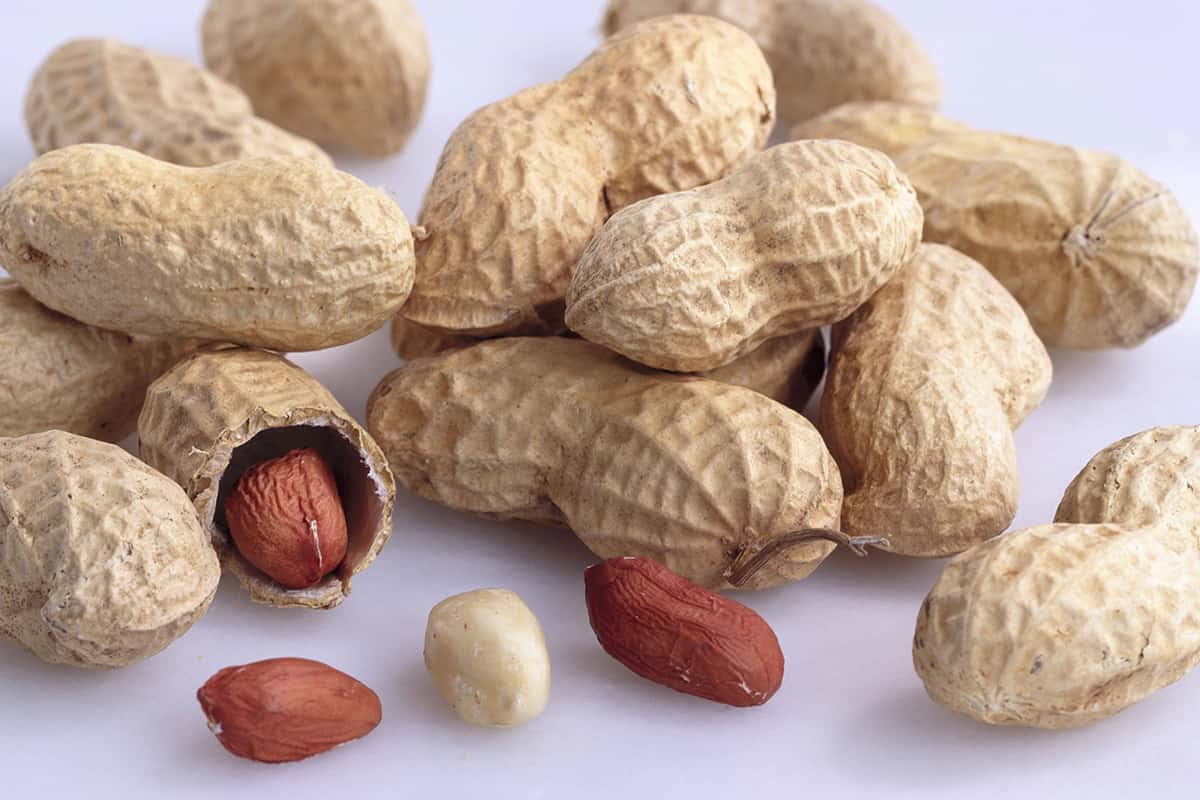
The area under groundnut cultivation in India was 3,890,000 hectares in the kharif season of 2018. Rajasthan (5,49,052 ha; 14.1%), Andhra Pradesh (6,60,000 ha). Gujarat (14,67,600 hectares; 37.7%); and Karnataka (3,82,940 hectares; 9.8%) are the five states. Maharashtra together accounts for 83.7% of the country’s land area (195,594 hectares or 5.0%).
At the national level, there was a 6.3% decrease per hectare compared to Kharif-2017. The largest fall (10%) occurred in Gujarat, while the smallest (1%) was in Andhra Pradesh. The land area of Karnataka increased only slightly (1.3%).
Between 51 and 67 percent of peanut producers had farms with less than two hectares of land. Across the country, planting activity peaked between June 8 and July 5. In Rajasthan (28%) and Maharashtra (42%), as well as in Gujarat (31.2%), Andhra Pradesh (25.2%) and Karnataka (22.9%), most sowing occurred between 8 June and 14 June.
Most of the farmers bought seeds from nearby sellers, but some also produced their own seeds. When selling groundnut seeds, it is common for sellers to combine different varieties under the guise of a recognized valid variety or to give their seed stock a new name. Most farmers relied on neighborhood seed sellers, so they were unable to identify the true type (identity) of the seed they had used.
In Gujarat and Rajasthan, 98-99% of farmers used pesticides to manage diseases and pests. However, the percentage of farmers using pesticides was relatively low in Maharashtra (88%), Karnataka (82%) and Andhra Pradesh (77%).
A yield of 2051 kg/ha was predicted for Rajasthan followed by Gujarat, Maharashtra, Andhra Pradesh and Karnataka with yields of 1421 kg/ha, 1361 kg/ha, 883 kg/ha and 750 kg/ha respectively. .
The national average yield was 1336 kg/ha. The total production of these five states was estimated to be 43,47,298 tons or 83.6% of the projected national production. Gujarat accounted for 20,84,780 tonnes or 40.1% of the country’s production, followed by Rajasthan (11,26,206 tonnes or 21.6%). Karnataka (2,87,178 tonnes; 5.5%), Andhra Pradesh (5,82,972 tonnes; 11.2%) and Maharashtra (2,66,162 tonnes; 5.12%), while the share of the remaining states was estimated at 8,48,698 tonnes. , or 16.4%.
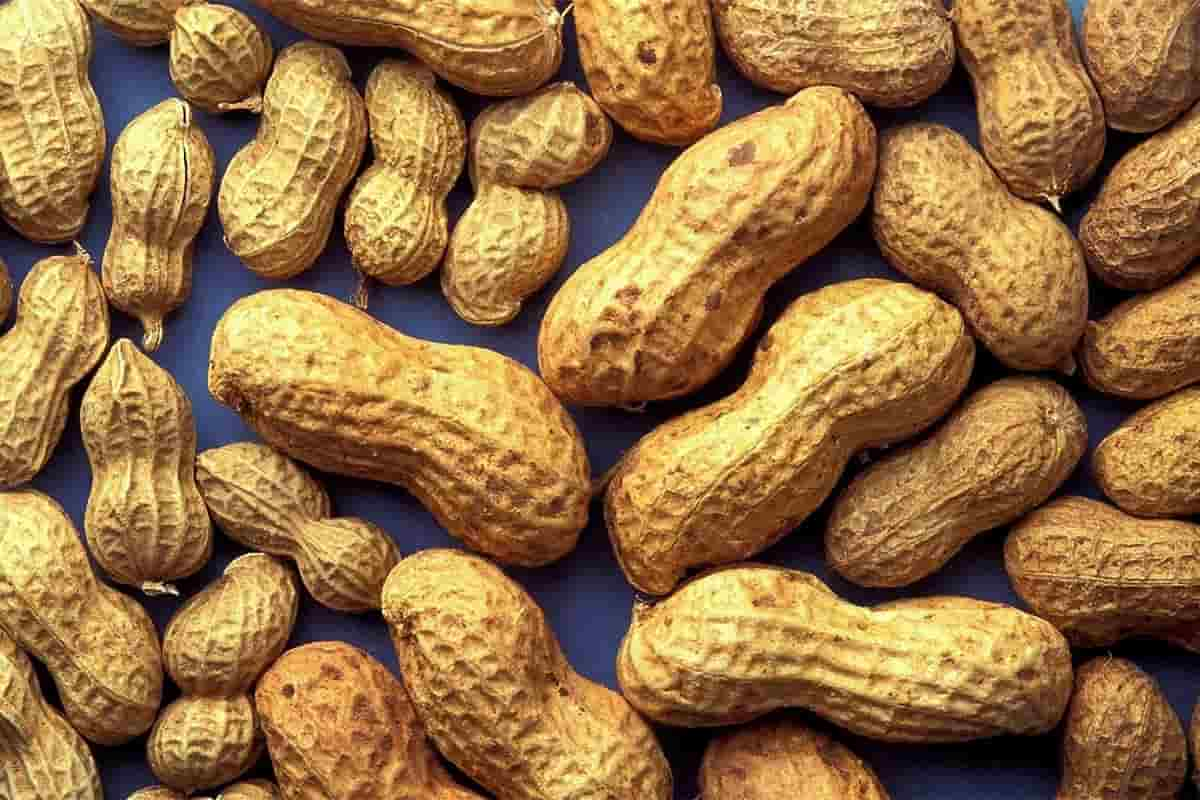
As a result, 5,195,990 tonnes of overall kharif crops were expected to be produced in India in 2018. In important groundnut areas in 2018, Kharif rainfall was inconsistent and insufficient. Due to a combination of 6.3% decline in area and erratic and insufficient rainfall, Kharif-2018 production (51.95 lakh MT) is projected to be lower than Kharif-2017 production (62.21 lakh MT).
Peanut production in India
Introduction Between the latitudes of 40 degrees north and 40 degrees south, the leguminous plant called peanut (Arachis hypogaea L.) grows widely. Due to its oilseeds, it is the third most important source of vegetable protein and the fourth most important source of edible oil worldwide.
Apart from being a significant oilseed crop in India, groundnut is also a significant agricultural export. With an annual all-season coverage of about 70 lakh hectares and a yield of between 80 and 85 lakh tonnes, India leads the way in terms of groundnut area (in shell groundnut).
Although groundnut is grown in many states of India during one or more seasons (kharif, rabi and summer), the kharif crop accounts for more than 80% of the total area under cultivation and production (June to October).
An organized and thorough crop survey was conducted in the major groundnut states of India to forecast groundnut production for the 2018 Kharif cropping season and provide estimates in the last week of October 2018.
Importance and objectives of product review

The third week of Mehr month is usually when the bulk of the kharif groundnut harvest arrives and it continues until the second week of Aban. Due to its dependence on rainfall, kharif groundnut production varies considerably from year to year in different regions of India.
Three to four months after the initial harvest of kharif crops, in January or February, the Indian government releases a second preliminary estimate, which is the first reliable estimate of the crop.
If Kharif-2018 groundnut crop forecasts are made available soon after harvest (first fortnight of November), it will help a lot in purchasing, processing and export decisions.
To address the basic needs of the stakeholders, a study was conducted in five major groundnut states of India, namely, Rajasthan, Gujarat, Maharashtra, Karnataka and Andhra Pradesh. A brief presentation of the estimates was made at the IOPEPC Annual Business Meeting on October 28, 2018, in Mahabalipuram, Chennai. The methods used for the review and estimates are fully described in this publication.
State and district wise groundnut acreage methodology of the Department of Economics and Statistics of India website was used to track the Kharif 2028 groundnut crop on a state-wise basis. State agricultural agencies were contacted by mail or by downloading data from their websites for area final plots.
Local preferences
After sorting by peanut acreage, only states with at least 80% of the national peanut acreage were discovered. Similarly, the regions of each state were selected to cover at least 75% of its total territory. The districts were ranked according to the cultivated area.
Decide how many farmers to interview.
Each state has interviewed 0.1% of its groundnut acreage for Kharif 2018. (For example, for a state of 78,000 hectares, at least 78 farmers should be interviewed).
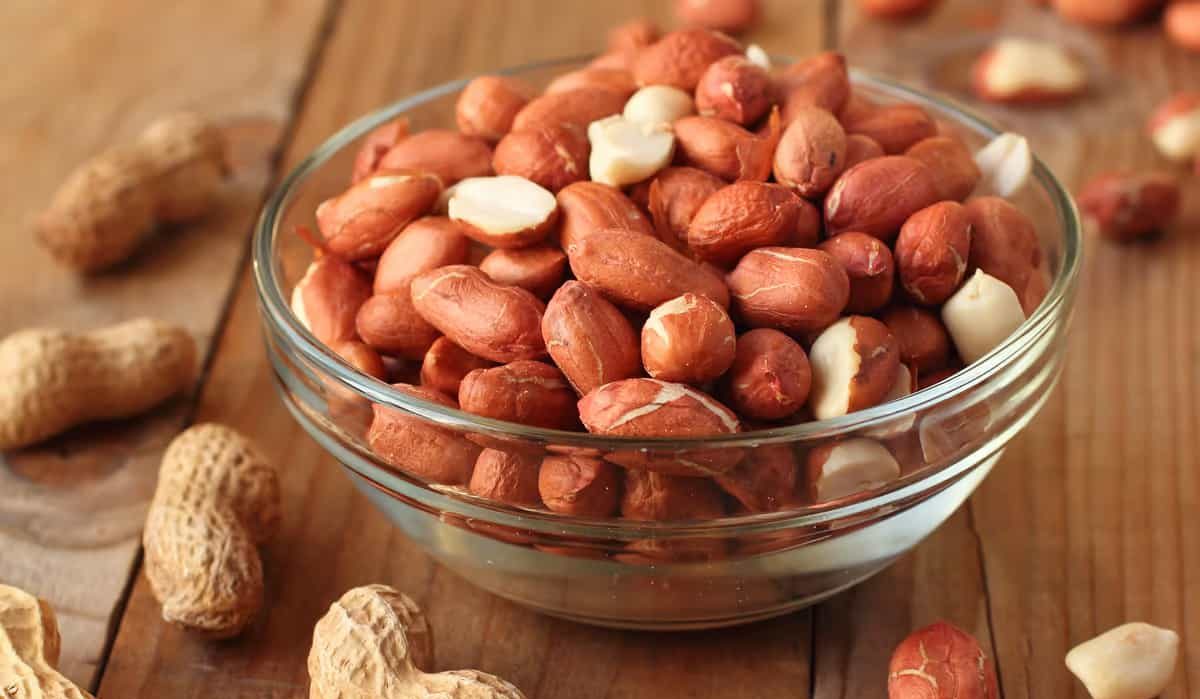
surveyor teams
Each survey group had two agricultural specialists and one assistant. Teams must interview farmers from their villages or LDS. Data was collected using a standard questionnaire (Appendix 1). Villages/farmers were randomly selected.
GPS tracks the movement of surveyors
Each survey group uses GPS (Global Positioning System). Interview points were tagged. The GPS-tagged points on the state/region maps show the journey of the interview teams.
Rainfall data
The IMD website provided monthly rainfall statistics for June, July, August and September (India Meteorological Department). This information is about the states of India and Utah.
survey design
This study was conducted from the last week of September to the third week of October, during the peak peanut harvest season for the Kharif crop.

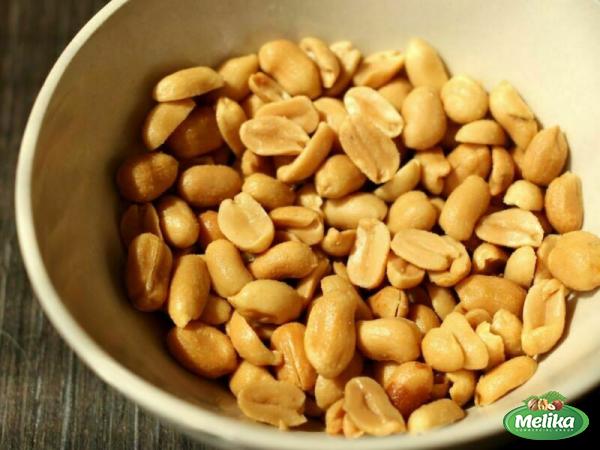

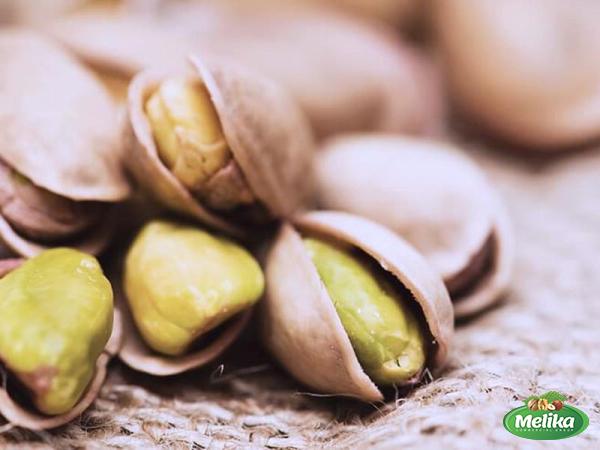
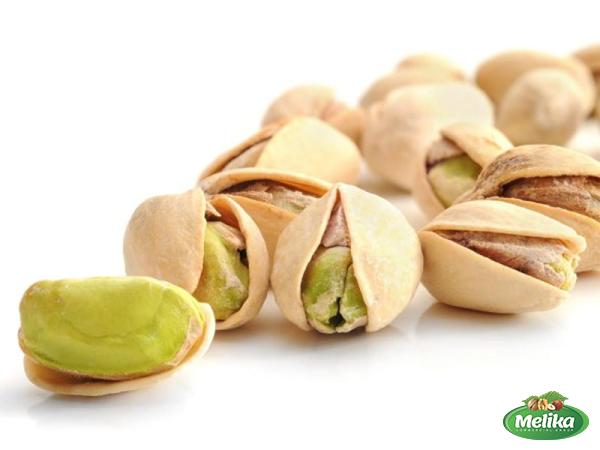
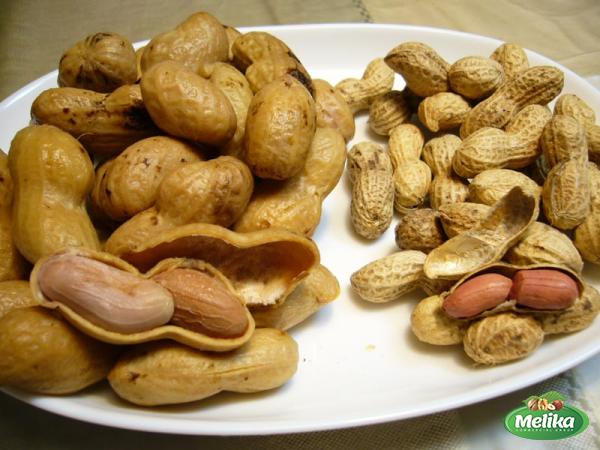
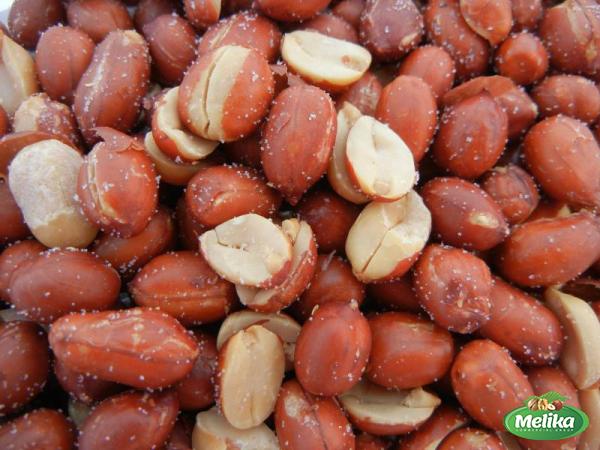
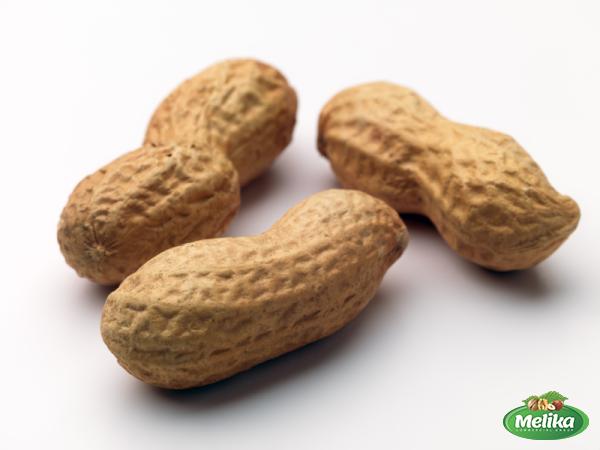
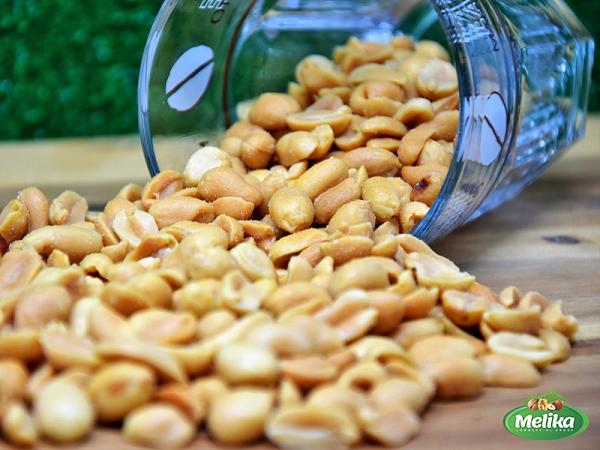
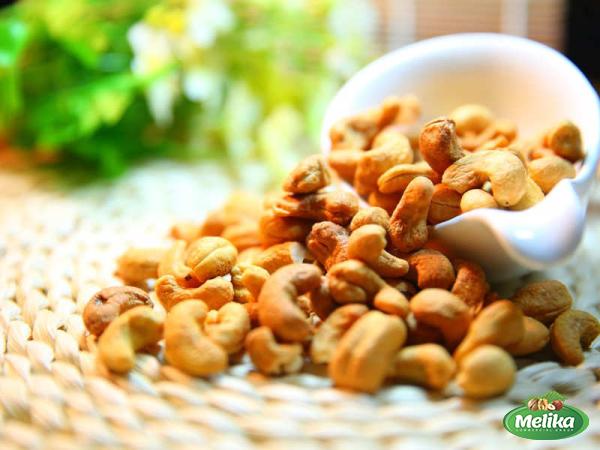
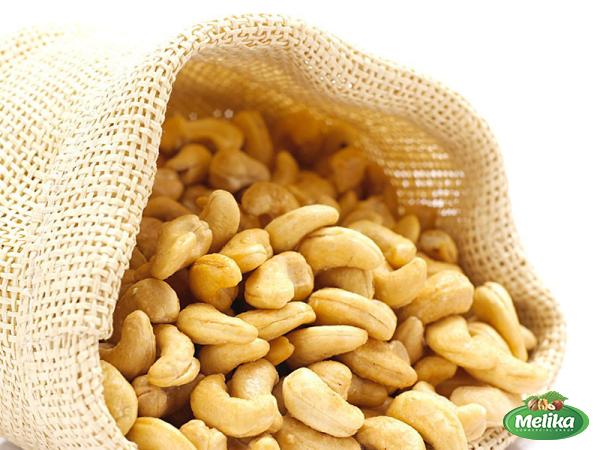
Your comment submitted.